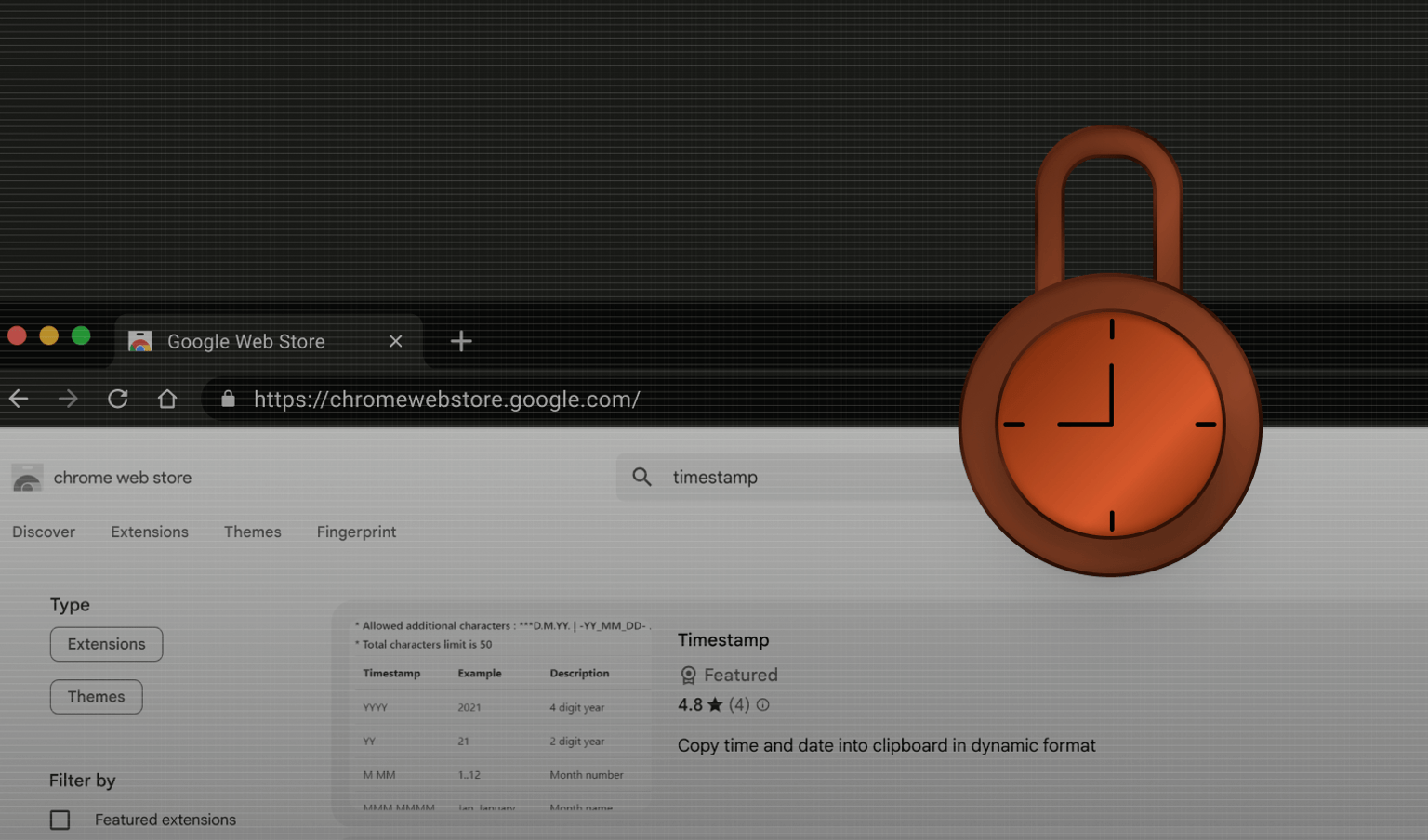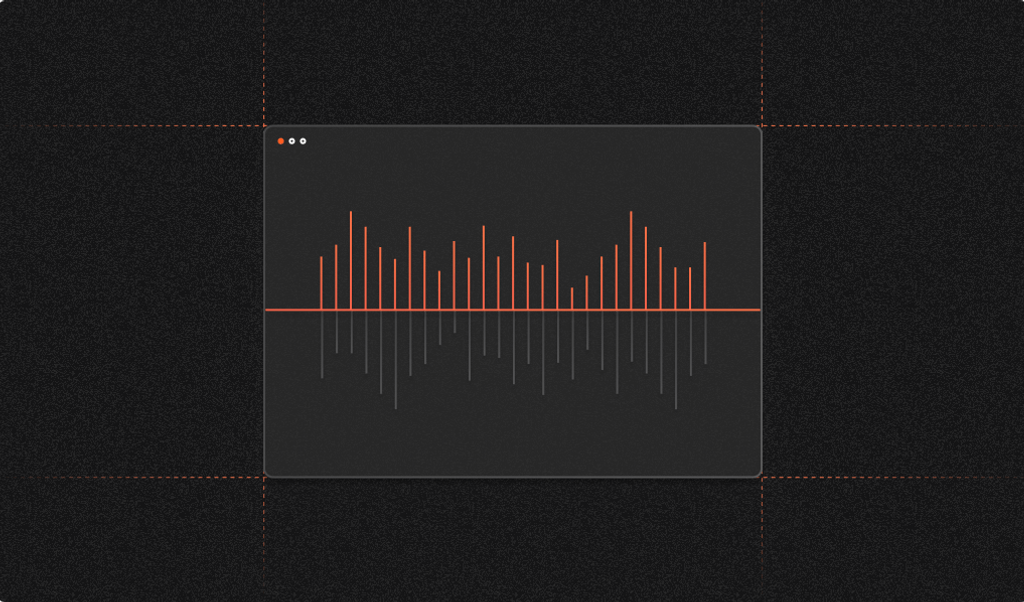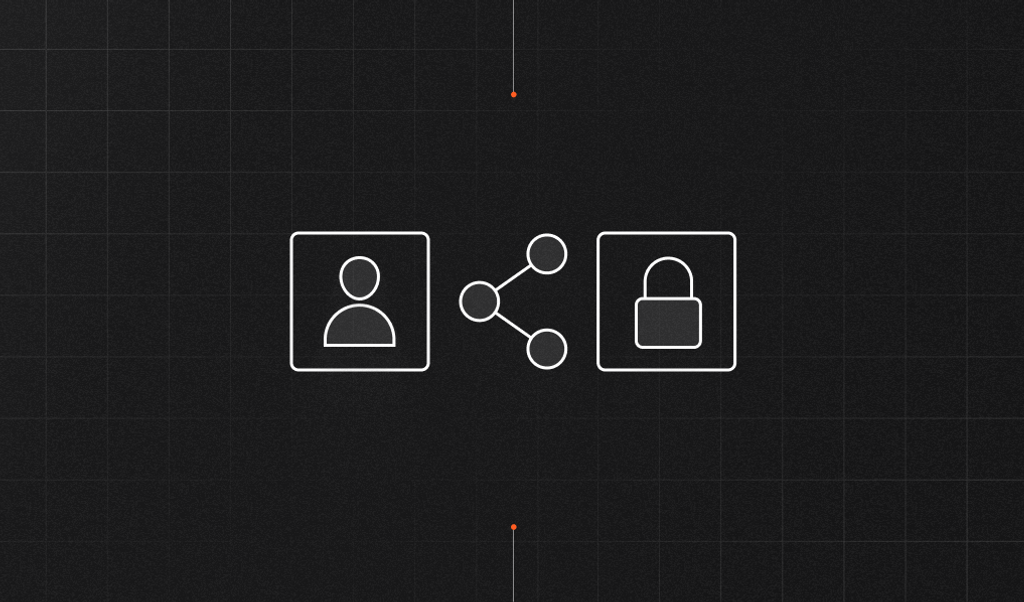
Developers and security experts always seek innovative ways to identify and thwart bad actors in the ever-evolving cybersecurity landscape. One method to approach this is JA3 fingerprinting, which profiles clients based on specific communication parameters. While JA3 offers a relatively simple and effective way to flag suspicious network activity, it shouldn't be your sole line of defense. In this article, we'll delve into the limitations of JA3 and explore why a multi-faceted approach is essential for robust network security.
What is JA3?
To understand JA3, a form of TLS fingerprinting, we first must discuss TLS or Transport Layer Security. TLS is a cryptographic protocol designed to secure communications over the internet and is a successor to SSL (Secure Sockets Layer). Widely used to protect web traffic, TLS ensures the data exchange between a client and server is encrypted and secure. To set up this secure connection, the client and server first initiate a handshake procedure.The client sends a ClientHello message containing various parameters like the SSL/TLS version it supports, the cipher suites it's willing to use, and other settings. These details are sent in plaintext, exposing specific details about the client and making it possible to capture and analyze them for identification, even when the rest of the communication is encrypted.
The Origins of JA3
Salesforce developed JA3 in 2017 to improve security and threat detection. By focusing on the specific details exposed during the SSL/TLS handshake, particularly from the ClientHello message, JA3 offers a way to fingerprint SSL/TLS clients. JA3 captures several specific fields from the ClientHello packet, including:
- SSL Version
- Offered Cipher Suites
- List of Extensions
- Elliptic Curves
- Elliptic Curve Formats
These fields are concatenated in a specific order to form a string that is hashed using the MD5 algorithm to produce a fixed-length JA3 fingerprint. While MD5 is generally considered weak for cryptographic purposes, the uniqueness that JA3 aims to provide is enough to distinguish between different clients or types of software initiating a connection, making it a valuable tool in identifying suspicious or abnormal behavior.
The unique fingerprints generated through JA3 can be matched against known signatures of malicious clients or integrated into threat intelligence platforms, allowing for rapidly identifying potentially harmful or unauthorized network activities, and enhancing your network security. However, it's essential to remember that this technique isn't foolproof and has limitations, which we'll explore further in this article.
Benefits of JA3
JA3's low computational footprint makes it an attractive option for developers looking to bolster their security measures without straining resources. It's compatible with a wide range of network configurations, and its functionality is often included in existing network monitoring software or offered by cloud service providers, making implementation relatively straightforward. Compared to relying solely on IP addresses for identification, JA3 provides a more nuanced, dynamic method for flagging suspicious activity from known malicious clients. Additionally, its open-source nature fosters community collaboration, leading to continuous improvements and broader application in security ecosystems.
Limitations of JA3
While JA3 fingerprinting is a straightforward method for identifying malicious clients, its shortcomings hinder JA3 from being a standalone solution for robust client identification and security.
Insufficient Fingerprint Granularity
The core weakness of JA3 as a client fingerprinting technique is its lack of granularity, driven by the limited client attributes used from the ClientHello packet. The restricted scope of attributes captured from the TLS handshake drastically limits the unique fingerprints that JA3 can generate. This lack of variety makes it likely for completely different clients to end up with identical fingerprints. This means benign clients can be mistaken for malicious ones, resulting in unwarranted blocks or alerts and false positives. Conversely, actual threats might go undetected because their fingerprints overlap with those of legitimate clients, resulting in false negatives.
Vulnerable to Spoofing Attacks
Attackers familiar with JA3’s methodology can deliberately manipulate the fields in the ClientHello packet to alter the resulting JA3 fingerprint. Even popular network tools like cURL support changing your JA3 fingerprint to match any browser simply using curl-impersonate. This can manifest in two ways: the first method is for bad actors to cloak themselves and mimic legitimate clients by adopting a JA3 fingerprint already trusted by JA3 fingerprint databases. If JA3 is your only method of defense, this allows them to bypass your security measures without raising alarms. The second technique involves continuously altering their JA3 fingerprint for each session, making it difficult for security systems to flag their activity as malicious since it appears as a new, unclassified client each time.
In both scenarios, the spoofing undermines JA3's primary function—to accurately identify and categorize network traffic based on client fingerprints. This makes it a less-than-ideal solution for environments requiring high levels of security and accurate traffic categorization.
Discrepancies Across Toolsets
While JA3 has community involvement, the lack of a single authoritative fingerprint database creates fragmentation and inconsistency. Different tool sets can produce slightly different JA3 fingerprints due to variations in their methodology. This makes it difficult to rely on the technology or JA3 fingerprint databases for precise identification, especially when sharing fingerprints across organizations or toolsets.
For example, Fastly's SOC team found discrepancies between their internal fingerprint calculations and a popular fingerprint database. The issue was traced back to different handling of a TLS extension, highlighting the challenges of relying on JA3 when using disparate toolsets. This fragmented landscape ultimately compromises JA3's efficacy.
Limited Context for Threat Assessment
JA3 analyzes the ClientHello packet that initiates the SSL/TLS handshake. While this offers a useful, albeit narrow, glimpse into client attributes, it's limited in scope and doesn't capture the fuller picture of client behavior. For example, JA3 cannot indicate if a client is operating through a VPN or if a device is jailbroken. These are significant factors that could be used to assess the potential risk level associated with a client and are vital metrics for any comprehensive threat detection strategy.
Furthermore, JA3 also misses out on signals that could indicate automated bot activity. Since bot detection is a critical aspect of modern cybersecurity, the absence of this signal further diminishes JA3's utility as a standalone solution. Simply put, JA3's focus on a limited set of data points from the ClientHello packet leaves it ill-equipped to meet the needs of environments that require multi-dimensional threat analysis and highly granular client differentiation.
Addressing the Limitations of JA3 with Fingerprint Pro
JA3 is a fingerprinting tool that uses only fields in the ClientHello packet during SSL/TLS handshakes. Its concept is simple but relies on limited information, reducing its reliability in uniquely identifying clients. It is susceptible to fingerprint collisions and spoofing and cannot provide contextual data about the client. This lack of information creates a security gap that bad actors can exploit. Additionally, its adoption rate is slow due to the need for additional integrations or network stack modifications, making it challenging to use.
More recent versions of JA3, such as the JA4+ network fingerprinting methods, expand the data collected from the ClientHello packet to include the Protocol, Server Name Indication (SNI), and Application-Layer Protocol Negotiation (ALPN). However, the limitations of JA3 remain, and these additions are still insufficient to uniquely identify threats, limiting their effectiveness in thwarting them.
Fingerprint Pro’s Device Intelligence provides more robust device fingerprinting by examining over 70 identification signals across multiple aspects of client-to-server communication. Using advanced fingerprinting, fuzzy matching algorithms, and server-side techniques, Fingerprint Pro achieves industry-leading accuracy in uniquely identifying visitors. This ensures that you are not just getting a generalized view of client-level data but instead a nuanced, individualized identifier for each visitor’s device or browser that interacts with your system.
Fingerprint Smart Signals are additional indicators that provide actionable insights, such as VPN usage, bot activity, jailbroken devices, and more. These Smart Signals fill in the gaps left by JA3, allowing for a multi-faceted approach to your security strategy. This rich data set empowers you to make more accurate decisions for various use cases, be it fraud prevention, user experience personalization, or any other area where understanding the client is critical to your mission. The Fingerprint Device Intelligence Platform also provides easy APIs and SDKs for popular frameworks, making implementation a breeze.
Conclusion
JA3 fingerprinting offers a starting point for client identification, but its limitations are glaring when using it as a comprehensive security strategy. Fingerprint Pro takes device intelligence to the next level by providing highly accurate visitor identification and an array of additional signals that empower you to discriminate between legitimate and malicious clients more effectively. If you want to dive deeper into what Fingerprint Pro can offer, look at our documentation or contact our sales team for a tailored solution specific to your business or use case.



